The tiny stature of single-board computers (SBC) might deceive you into thinking they aren't fit for anything more than basic tasks. But at the core of every DIY home project, an SBC manages everything behind the scenes. Raspberry Pi comes in all shapes and sizes, and each model holds the potential to create something extraordinary. I know about several Pi projects that can spruce up your home aesthetics and introduce automation for rudimentary tasks.
The possibilities are endless, from sensor-based automatic home lighting to a custom AI-portrait screen or a central home hub. These ideas combine an SBC with a repurposed or integrated gadget to achieve the final design. Let's look at some ingenious Pi projects to elevate your home.
5 Gesture-controlled lights
Your hand guides the light
Wouldn't it be cool if you could control a light or an RGB strip in your home with hand gestures? You could move to the spot and do a gesture to cycle between different modes or animations. Well, it's possible to do so using a Raspberry Pi, an APDS-9960 gesture sensor, and a bunch of relays attached to the light of your choice.
Since you control what gestures the setup should support, you can mold it to your will. For example, a right-swipe can commence a new glow pattern, or a back swipe can tell the system to shut down. You don't need to press switches or use the LED strip remote to cycle through designs. Imagine walking to your work table and then a hand gesture powers on or sets the right mood for your work session.
4 Digital clock
Custom watch designs
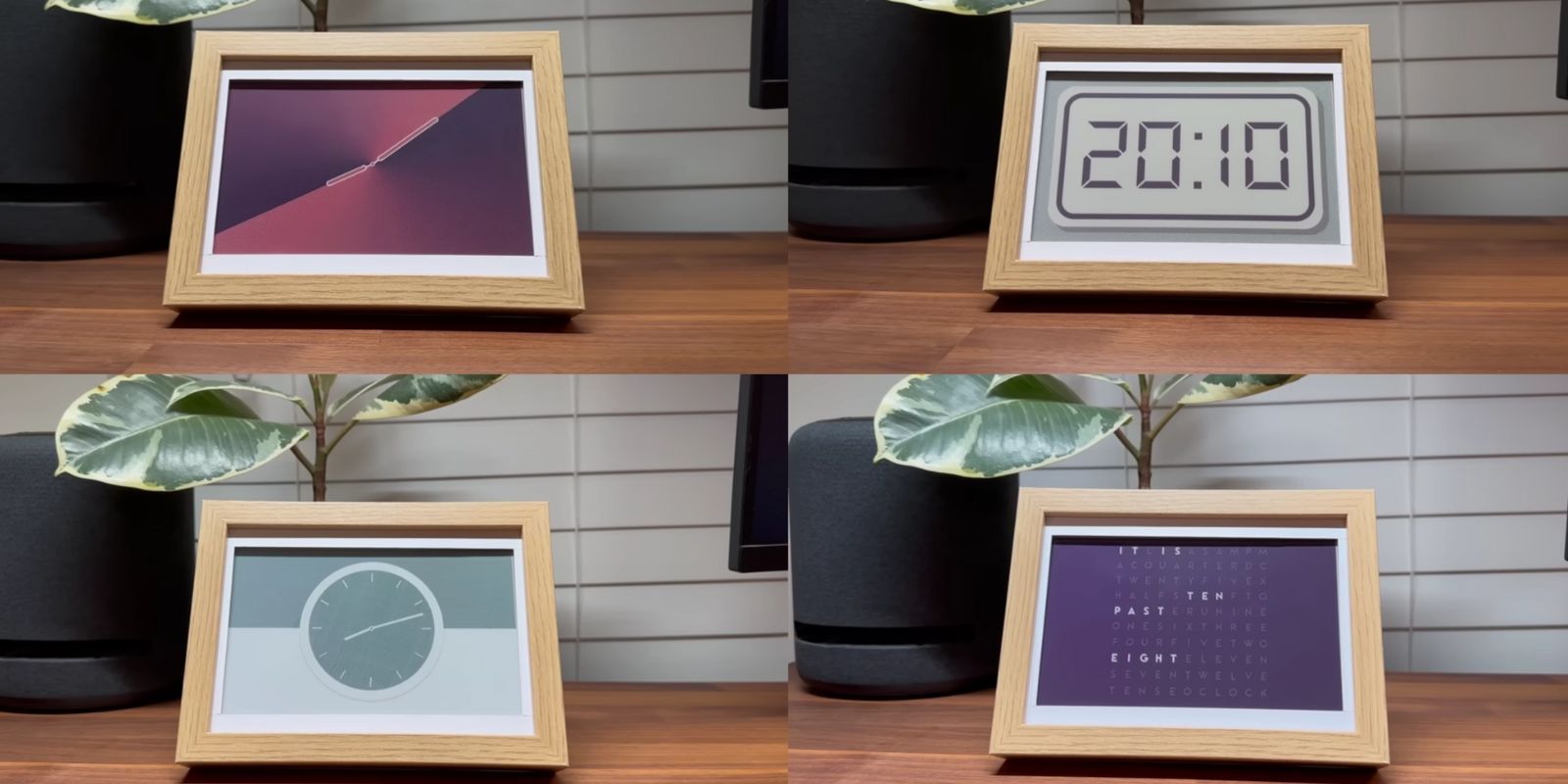
Source- AKZ Dev YouTube channel
Pre-programmed digital clocks are okay, but you can build a customizable one with an E-ink display attached to a Pi. Even a low-end Raspberry Pi Zero 2W can adequately power this project with lifelike clock designs. I rank it among the top five easiest home improvement ideas because it doesn't need soldering or hardware tinkering.
The idea is fairly straightforward. In this case, you combine an E-ink display (Inky Impression's 7.3 model) with a Pi. Since the display has female connection headers at the back, you only need to attach the Pi. Ensure you don't pick a headless version of the Pi Zero 2W; you'll have to purchase headers and then solder them.
Once you attach the disk, power the Pi with a micro-USB power adapter and then set up the Pi. You'll use the InkyPi GitHub resource to download and set up everything related to the project. Afterward, you can use a browser to switch between minimalist clock faces. Don't forget to bundle everything in a frame.
3 Digital AI Art generator
Why settle for one art in a frame?

Source- AKZ Dev YouTube channel
This idea also comes from the same creator who made the digital clock above, who used the same E-Ink display to generate AI-image art instead of a clock or image gallery. It's one of the coolest AI projects that gives you control over what appears on the display. The core idea is simple–input a text prompt from the user and display the artwork on the E-Ink display.
You'll need more than a pre-configured plugin to achieve this. The custom AI-art generator plugin uses an OpenAI API key with a custom script to fetch prompts from the user, choose an image generation model, and return an artwork using DALL-E. It even recognizes the orientation, so you can generate pictures based on the display's positioning in either format.
The interaction happens with a browser, so you can access it from a PC or phone and enter the prompt. There's also a static text display plugin that can produce jokes or historical facts on the display.
2 Home automation
All IoT devices on one screen
Do you have a lot of smart devices that support different wireless standards, like lights, cameras, etc.? You can turn your Pi into a home automation hub with granular control over each connected device. Home Assistant OS is a popular choice for controlling devices while acting as a central point for all devices. I can install it on a virtual machine or a Pi and then manage everything.
It automatically discovers nearby devices like smart speakers, lights, and cameras, but might need manual configuration for other IoT devices. The dashboard is a neat approach to managing everything, and you'll find several useful add-ons. Tailscale is an add-on that allows you to access Home Assistant remotely.
Even if I'm far off and want to control something, it's possible to pull up the dashboard with the Tailscale app. Other useful Home Assistant add-ons exist, such as Google Drive Backup and AdGuard Home for file backup and network security.
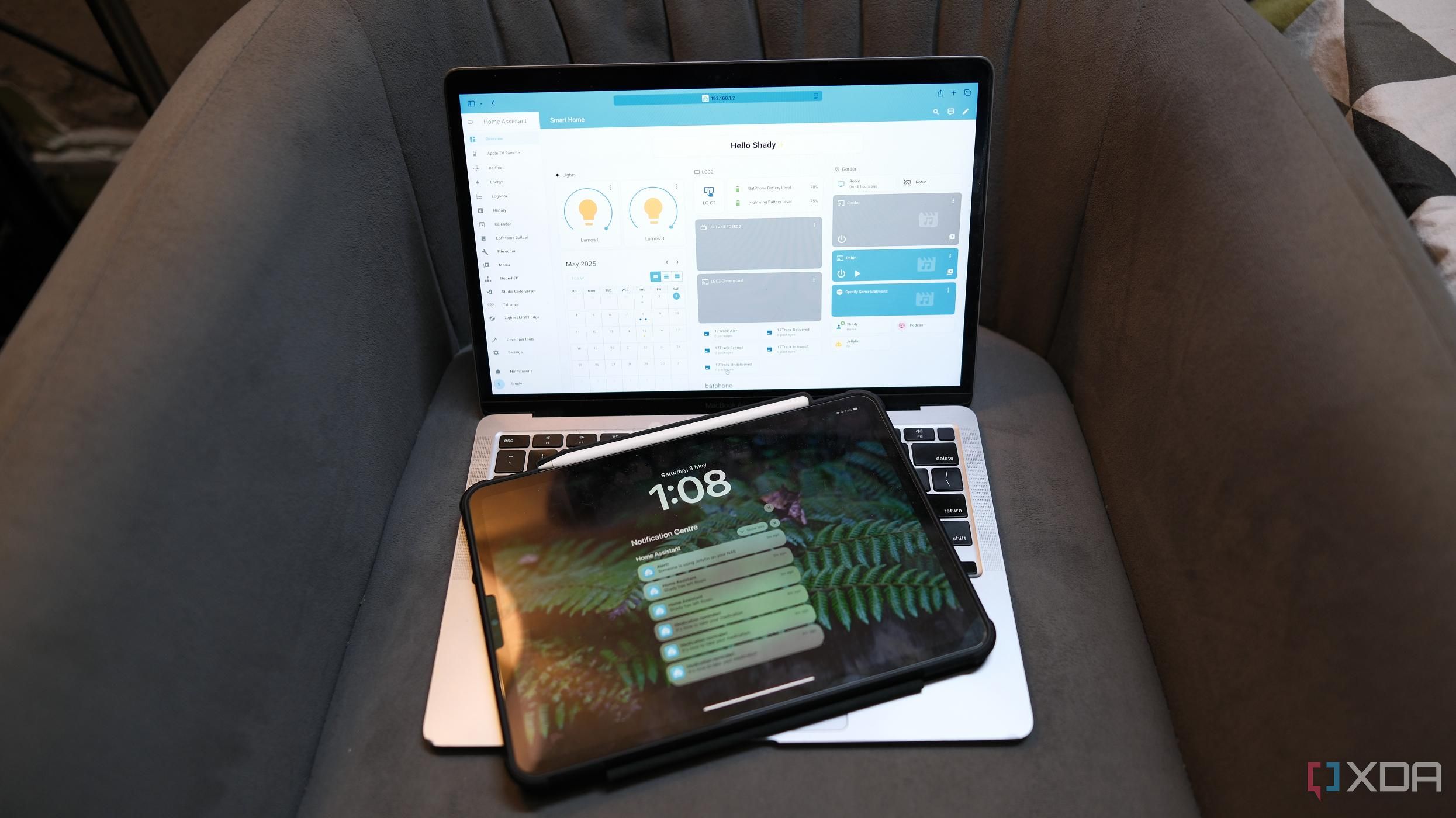
Related
These 5 Home Assistant automations make my day without extra hardware
You can craft different automation in Home Assistant without needing any hardware and brighten up your day
1 Centralized information hub with Magic Mirror
Make the mirror useful
Like Home Assistant, Magic Mirror clubs everything under one shed to boost productivity. You can configure the tool to display important calendar events, weather info, RSS feeds from different sites, and other fields on a screen. The main advantage is that you can repurpose an old TV or monitor screen after pairing it with a Raspberry Pi and installing Magic Mirror from GitHub.
The fields update in real-time, so you never miss anything important. It supports .iCal format, and you can edit the source file with your email provider's iCal link. After that, attach the monitor to the non-reflective side of a 2-way mirror, and the magical screen will light up with all the stats you need.
I find it a little cumbersome, but it doesn't involve soldering, and you only need a mirror and frame apart from the monitor and Pi. After that, you'll learn something useful every time you look in the mirror and not miss anything.
Smart home decor
All the above-mentioned ideas use a Raspberry Pi to transform a device into something smart while preserving the aesthetics. There are more brilliant Pi project ideas that you can use to automate your routine home tasks, like a water irrigation system. Don't be afraid to experiment with SBC ideas because it might simplify your life or someone else's.
.png)
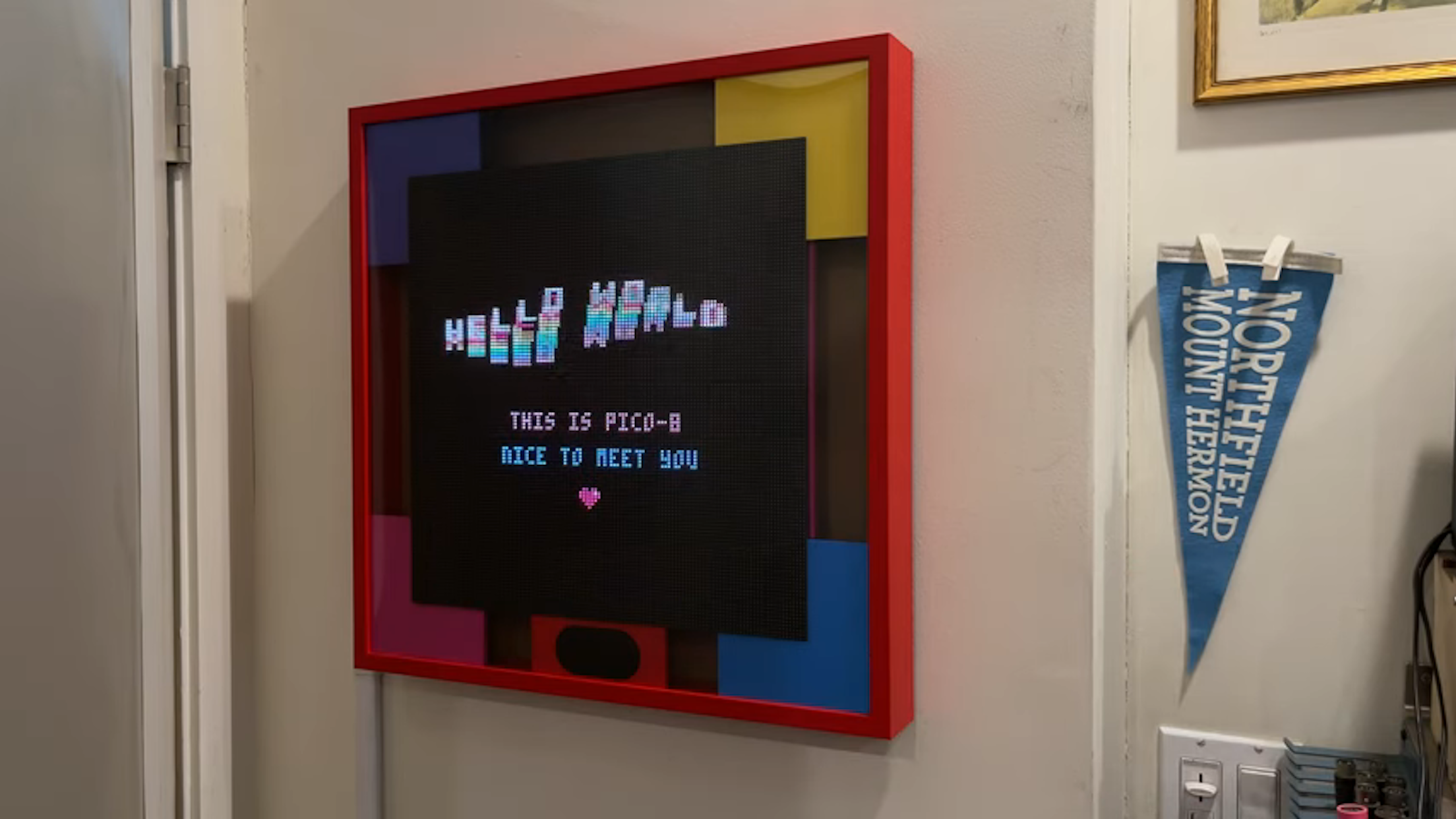
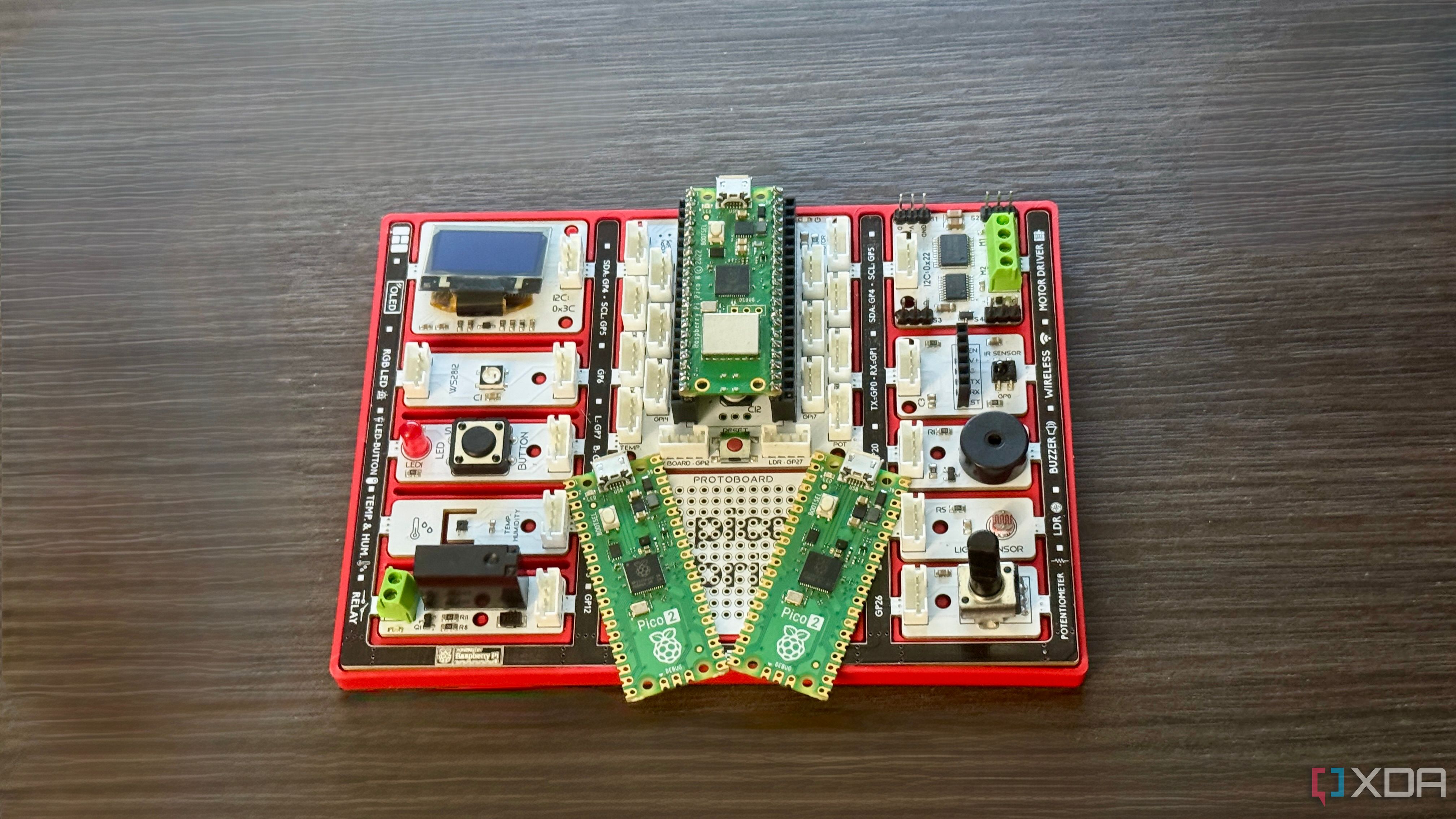
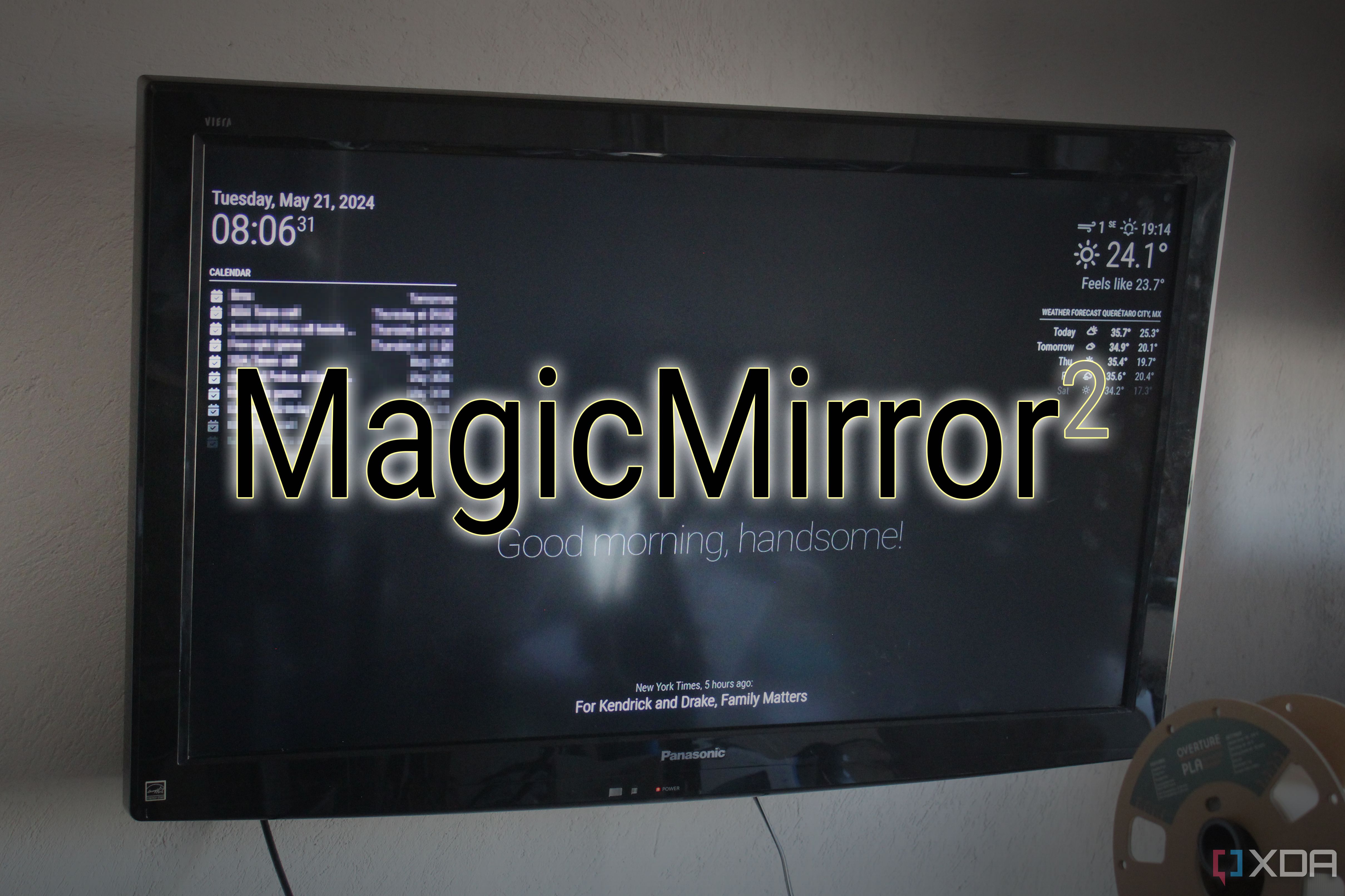











 English (US) ·
English (US) ·